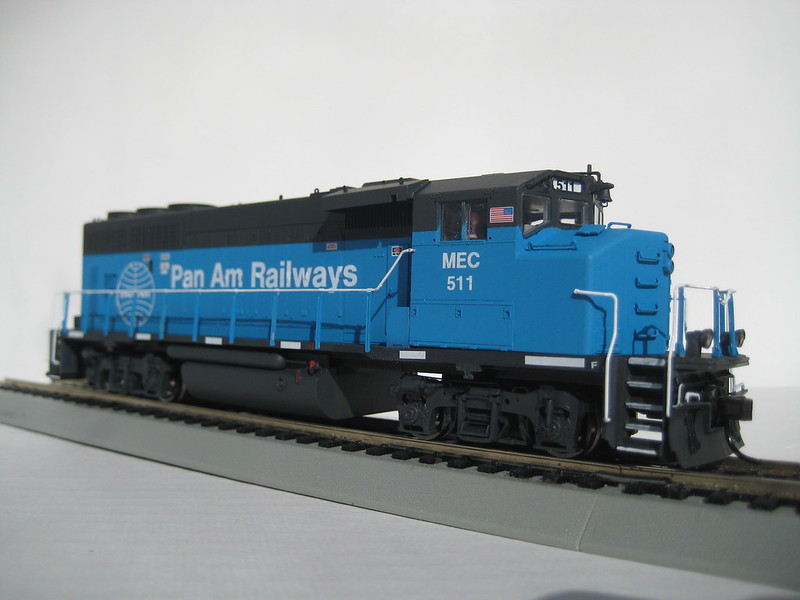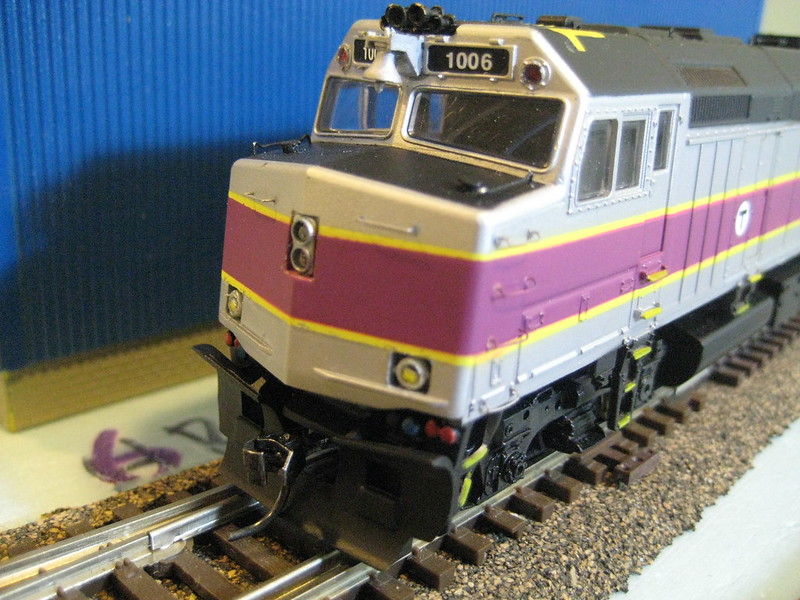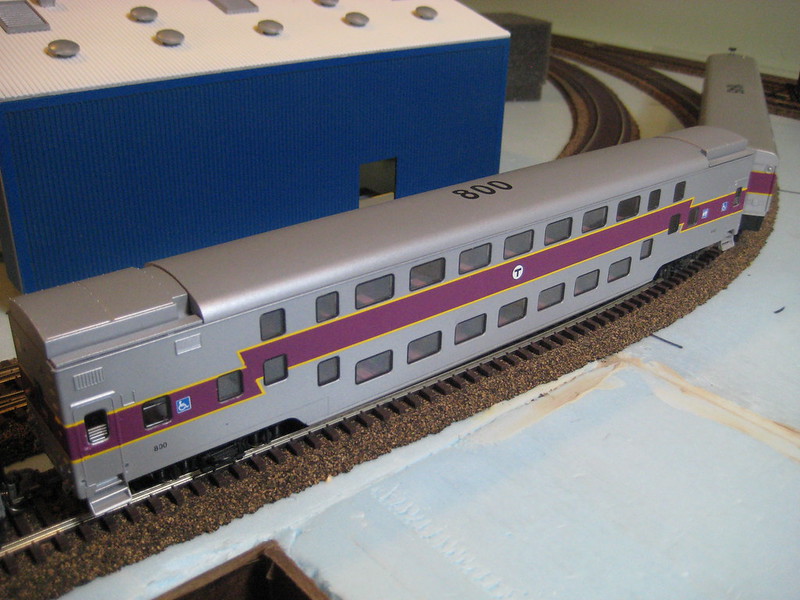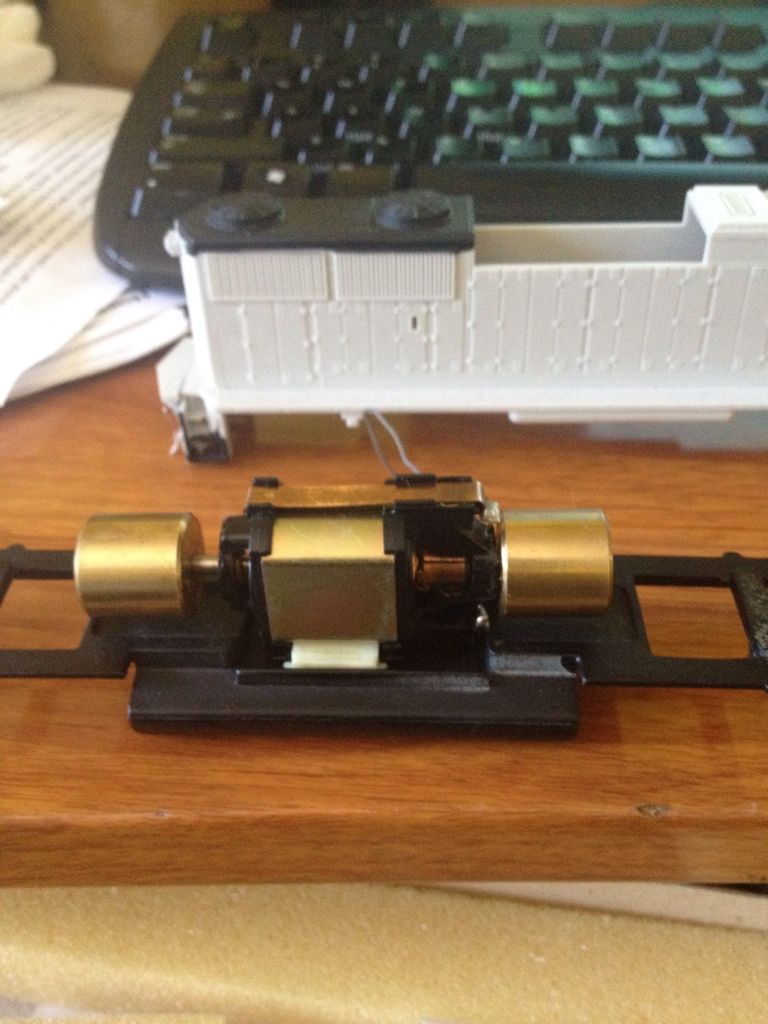by Desertdweller
Since I model a real place in a limited time frame, actual train schedules and general types of equipment used became very important to me.
One of the greatest sources of enjoyment I've found in connection with my model railroad has been researching and using this information to construct a sequence operating scheme.
I have six railroads to deal with, plus one additional whose train is forwarded over one of the six. Fortunately for me, I model a western terminal that did not see the crushing commuter train load of the eastern cities. Still, I wind up with 20 train pairs in a 24 hour period. 40 arrivals/departures.
No train runs through the terminal, although it is built as a "run through" terminal. Trains that arrive from the north are turned and depart northward. Trains that arrive from the south turn and depart headed back south. Even the trains that continue on east or west that use the terminal as an intermediate station arrive from the north, turn, and depart northward. This is the way the prototype worked. My trains that do this are the UP City of Denver/City of Portland (arrives as one, departs as the other); UP City of St. Louis; UP Portland Rose; CB&Q/D&RGW California Zephyr. One train, the CB&Q Denver Zephyr, contains several cars that are forwarded on south over the Joint Line as the Colorado Springs section of the D&RGW Royal Gorge. I get to switch them out of the Denver Zephyr and cut them into the Royal Gorge.
Les
One of the greatest sources of enjoyment I've found in connection with my model railroad has been researching and using this information to construct a sequence operating scheme.
I have six railroads to deal with, plus one additional whose train is forwarded over one of the six. Fortunately for me, I model a western terminal that did not see the crushing commuter train load of the eastern cities. Still, I wind up with 20 train pairs in a 24 hour period. 40 arrivals/departures.
No train runs through the terminal, although it is built as a "run through" terminal. Trains that arrive from the north are turned and depart northward. Trains that arrive from the south turn and depart headed back south. Even the trains that continue on east or west that use the terminal as an intermediate station arrive from the north, turn, and depart northward. This is the way the prototype worked. My trains that do this are the UP City of Denver/City of Portland (arrives as one, departs as the other); UP City of St. Louis; UP Portland Rose; CB&Q/D&RGW California Zephyr. One train, the CB&Q Denver Zephyr, contains several cars that are forwarded on south over the Joint Line as the Colorado Springs section of the D&RGW Royal Gorge. I get to switch them out of the Denver Zephyr and cut them into the Royal Gorge.
Les


















